The sustainability fails you need to know about
Have you already embarked on your sustainability journey? Or are you curious about how to get started? I have good news for you: going green has never been easier! But with so much information available online, it can sometimes get tricky to tell which habits are helping the planet and which ones are secretly hurting it. Check out this list and learn how to avoid an unfortunate sustainability fail.
Fail number one: falling for greenwashing.

Greenwashing is the practice of making false claims about the environmental benefits of a product. I’ve seen it, you’ve seen it. A lot of companies are doing it, from fashion giants like H&M and their sustainable collections to small dropshipping businesses. It’s everywhere and it’s probably the most important mistake you have to watch out for. Just because a brand tells you they are sustainable doesn’t mean they actually are. Always do your research. Do they have official certifications? Are they giving detailed facts about their business practices or are they being vague? What do you find online about them?
Sustainability fail number two: replacing your old things.
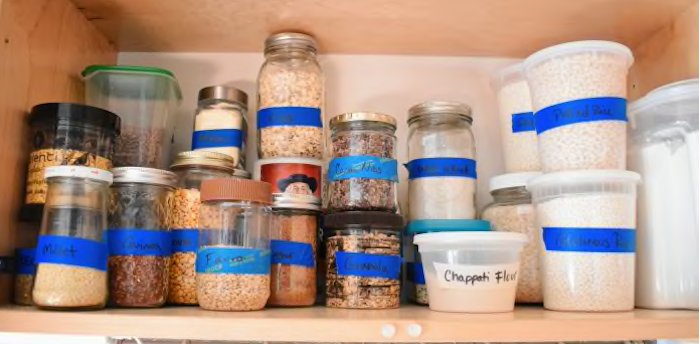
It’s fair to say that we’ve all been there. It can be so tempting to clear out our closets, pantries and bathrooms to get rid of our old stuff and make space for brand new (usually very instagrammable) eco-friendly products. Stop right there! The most sustainable products are the ones we already own. So before donating or throwing away your oldies, try to work with what you have. Only shop for what you’re missing or for what you need to replace.
Sustainability fail number three: not buying less.
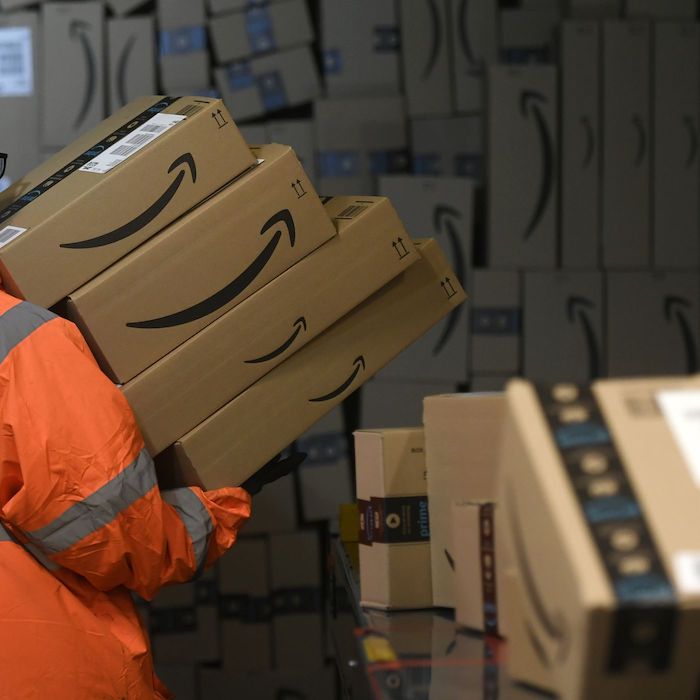
Switching to green products without reconsidering your buying habits is not helping. Eco-friendly products are better for the environment, but that shouldn’t become an excuse to continue over-consuming. They still require resources to be made and/or transported… even when they come from popular second-hand websites.
Fail number four: thinking local always equals sustainable.

This is particularly true when it comes to food. The concept of food miles was popularised in the 1990’s. In short, the idea behind them was to reduce the use of energy for food transportation. In reality food miles amount to very little in comparison to the total footprint of a product. For example you can perfectly farm animals “locally”, and feed them Brazilian soy… and most people have no idea how serious the problem with soy is. Food miles also don’t take into consideration the use of pesticides, water consumption, pollution and the use of resources in general.
Fail number 5: relying on carbon offsets and planting trees

Trees are great. I love them. There are a lot of companies out there that proudly announce they plant a tree every time you purchase from them. Or they offer carbon offsets, which are basically a sum of money paid to NGOs or environmental organizations. It’s kind of nice, but if it’s the only thing they do to try to reduce their environmental footprint, it’s not gonna work. Why? Because there is only so much we can compensate. To offset the massive amounts of CO2 we have pumped into the atmosphere, we would have to plant so many trees that there wouldn’t be much space left for anything else, including crops to grow our food. The same goes for carbon offsets. There is only so much CO2 you can compensate. Companies also need to rethink the way they operate.
Sustainability fail number 6: thinking that natural materials are automatically better.

This belief is deeply ingrained in us but it’s not always true. Cotton is natural. It’s also the world’s dirtiest crop due to the heavy use of pesticides. Polyester is a synthetic material but it can be obtained from recycled plastic bottles or ocean plastic. Nothing is ever black and white. In order to determine which choice is the most sustainable, it’s always important to look at the bigger picture. Pro tip: hemp and linen are always a good idea.
Fail number 7: limiting your lifestyle changes to objects

Eco-friendly swaps are perhaps the most satisfying aspect of sustainable living. They’re also the most visible. But other changes can be just as useful. For example, learning how to properly care for your belongings will extend their lifespan. Switching to a green bank, sorting your emails, finding a green energy supplier, using public transport more, switching off your devices, ditching animal products, getting involved in NGOs or politics… These are just a few examples of actions but they can make a real difference.
Sustainability fail number 8: thinking electric cars are the solution

The last few years, electric cars have received a lot of attention. They are often presented as the solution to air pollution, but are they really that green? While it’s true that they do not pollute while being driven, they might run on electricity produced from burning fossil fuels (over 80% of the energy worldwide). On top of that, mining the lithium and cobalt used in their batteries comes at a huge environmental and human cost. Many people will debate around the subject. Some people will tell you that petrol cars have a smaller footprint. Other will tell you the contrary. I suspect there is a lot of lobbying involved. One thing is for sure, the future of transportation cannot be private vehicles as long as we haven’t found a way to make that industry clean.
Sustainability fail number 9: relying solely on recycling
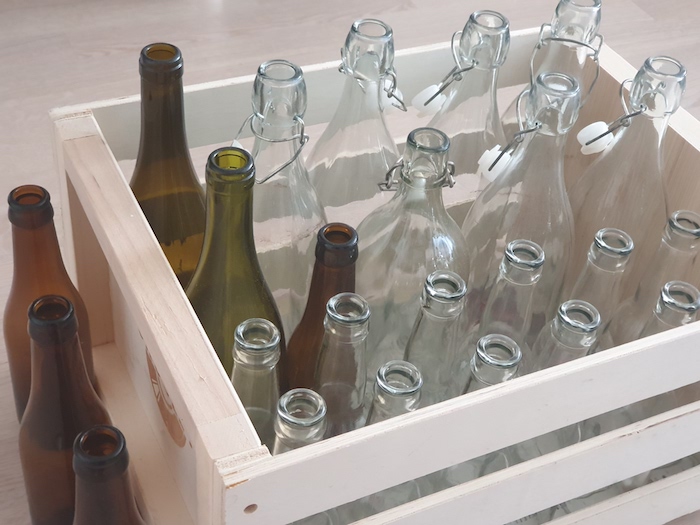
Having a good waste management system is essential and learning how to sort your trash properly is key to its success. When done right, recycling feels a bit like magic doesn’t it? You take old scraps, process them and turn them into something new. And it It does wonders for glass or metals. Those are infinitely recyclable! Plastic though? not so much. What a lot of people don’t know is that we recycle less than 10% of plastic worldwide. Virgin plastic is just cheaper to make. Besides plastics lose in quality after a few recycling cycles and some types are simply too difficult or expensive to recycle.
Fail number 10: the DYI craze

Don’t get me wrong. DIYs can be really fun! But trying to do everything yourself can take a lot of time and become overwhelming or hard to maintain in the long run. Besides, you might end up creating more waste from the individual packaging than if you purchased a finished product manufactured in bulk. Instead, try to pick a few DIYs you enjoy and leave the rest to zero-waste shops.
Sustainability fail number 11: avoiding renovations

Did you know that cooling and heating represents about half of the energy consumption of a household? Making your home more energy efficient by adding more insulation and/or replacing your heating systems can go a long way but most people seem to avoid doing it ; either because they dread the amount of work it takes or because they think it would be too expensive. In reality, it can go pretty quickly. In many countries, there are special grants to help you pay the bill too. A good reno will not only decrease your carbon footprint, It will also lower your bills. This is also valid for all the greedy landlords out there who rent out flats with prehistoric radiators. Please stop doing that!
Fail number 12: following the hype
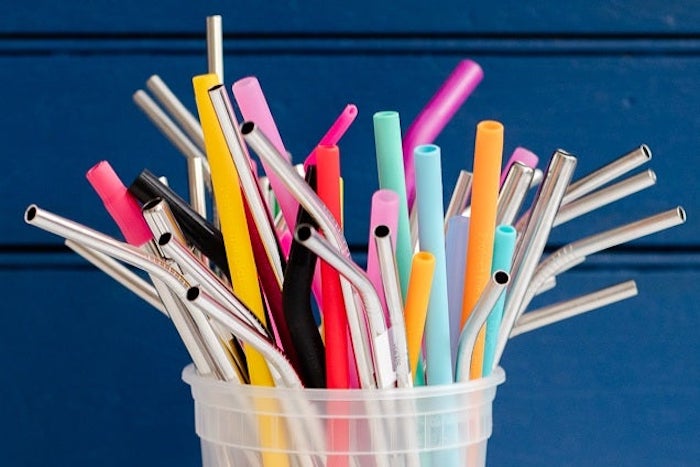
One object pops into my mind: the reusable straw. One second the video of a turtle with plastic straw stuck in its nose is published, the next we’re all buying reusable straws and we are going to save the oceans with them. But do we even need them? They’re terrible. They are very hard to clean; No way I’m using one at a bar! They are not very good for your teeth and they don’t seem to work for disabled people either. Yet, they’re everywhere. Meanwhile, half the plastic in our oceans comes from fishing and no-one seems to question their sushi habits. Just because something becomes popular doesn’t mean it is that impactful. It’s your job to figure out if it will add value to your life or if it’s just a bunch of people trying to sell you stuff you don’t need.
Fail number 13: not doing your homework

Knowledge is power. The best way to learn how to tackle the climate crisis is to learn about it. How it works, how every industry impacts the environment, the role politics, lobbying and how everything is interconnected. From there, it gets easier to understand how your daily habits play a role in this. Remember, there is no such thing as learning too much.
Fail number 14: ignoring how your mental health affects your buying habits

I’m going to point my finger at fashion brands. But this is also valid for most industries. A lot of their marketing techniques are based on our insecurities. You’re not good enough if you don’t dress this way, look that way, don’t own the latest cellphone or car and if your interior doesn’t look trendy. We are self-conscious creatures and brands know it. Feeling sad or stressed can also be a trigger for buying stuff that we don’t need. Who hasn’t gone on a shopping spree after a breakup? Or shopped online when bored? Now we all function differently but checking in with your emotions regularly and identifying your patterns and triggers will definitely avoid you a lot of impulse purchases.
Sustainability fail number 15: trying to be perfect
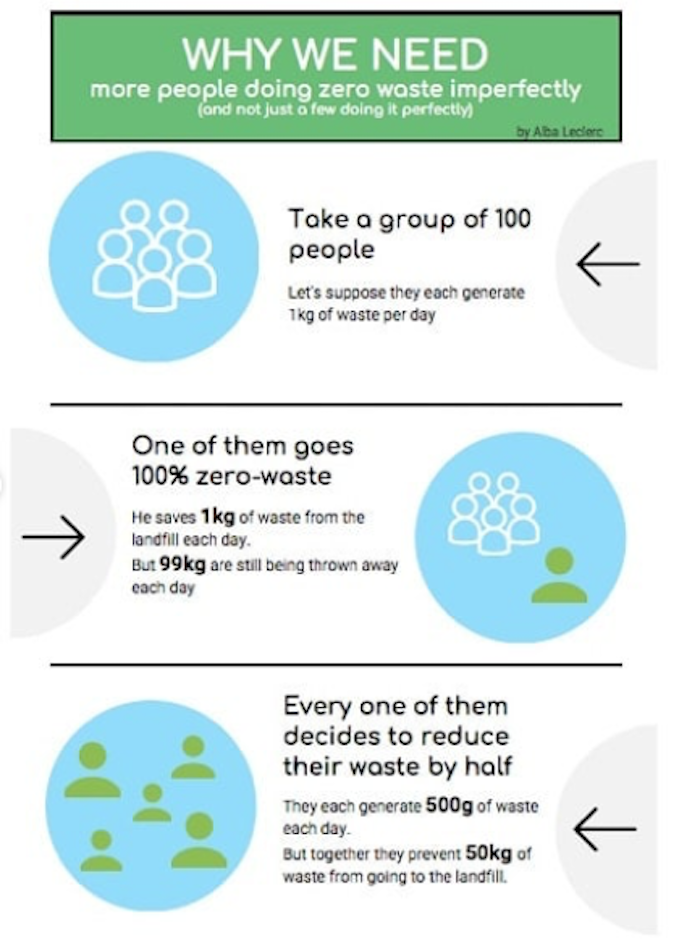
We don’t need a handful of people doing zero waste perfectly, we need millions doing it imperfectly. This sentence perfectly sums up how living a more sustainable lifestyle is not about being perfect but rather about trying our best. We need to use our judgment and find which solutions work for us and which don’t. Besides, we learn from our errors. If we all decide to change, big companies will change too.

